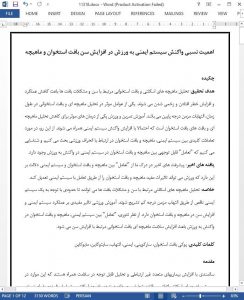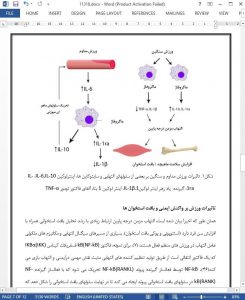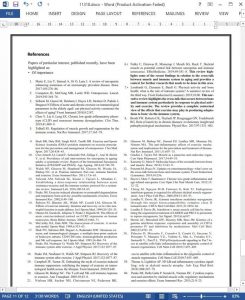Abstract
Purpose of Review The age-related loss of skeletal muscle and bone tissue decreases functionality and increases the risk for falls and injuries. One contributing factor of muscle and bone loss over time is chronic low-grade inflammation. Exercise training is an effective countermeasure for decreasing the loss of muscle and bone tissue, possibly by enhancing immune system response. Herein, we discuss key interactions between the immune system, muscle, and bone in relation to exercise perturbations, and we identify that there is substantial “cross-talk” between muscle and bone and the immune system in response to exercise.
Recent Findings Recent advances in our understanding of the “cross-talk” between muscle and bone and the immune system indicate that exercise is likely to mediate many of the beneficial effects on muscle and bone via their interactions with the immune system.
Summary The age-related loss of muscle and bone tissue may be partially explained by an impaired immune system via chronic low-grade inflammation. Exercise training has a beneficial effect on immune system function and aging muscle and bone. Theoretically, the “cross-talk” between the immune system, muscle, and bone in response to exercise enhances aging musculoskeletal health.
Introduction
Aging is associated with the development of a variety of noncommunicable diseases with some of the most significant deteriorations to health happening in the musculoskeletal system. The age-related loss of skeletal muscle mass (i.e., one defining factor of sarcopenia) and bone tissue (i.e., one defining factor of osteoporosis) is highly prevalent, and the incidence of sarcopenia and osteoporosis will inevitably increase with the growing (and aging) population [1, 2]. One main contributing factor of muscle and bone loss over time is altered/impaired immune system function, referred to as “inflammaging” [3] which describes the low-level chronic inflammatory response that exists in many aged conditions and diseases [4]. Exercise training may act as a countermeasure; however, the mechanistic effects of exercise on “inflammaging” are relatively unknown.
Conclusion
While there is some understanding of the inter-relationship between the immune system, muscle, and bone in response to exercise, research is limited and additional work is warranted. Specifically, identifying the types, doses, intensities, and frequencies of various exercise modalities on influencing the immune system response and how this influences bone and muscle is an area apt for future research. Also, identifying the similarities or differences in the acute response of the immune system, and its cross-talk with muscle and bone, between an un-trained and trained state is of interest. Will the strength of the response remain, or even be more robust, in a trained state? Understanding the effects of exercise training on the cross-talk between the immune system and bone or muscle in diseased populations is an area that should continue to undergo pre-clinical and clinical research efforts. These interactions are essential for maintaining musculoskeletal health as individuals’ age.











